Home>Home Appliances>Home Automation Appliances>What Is Alexa
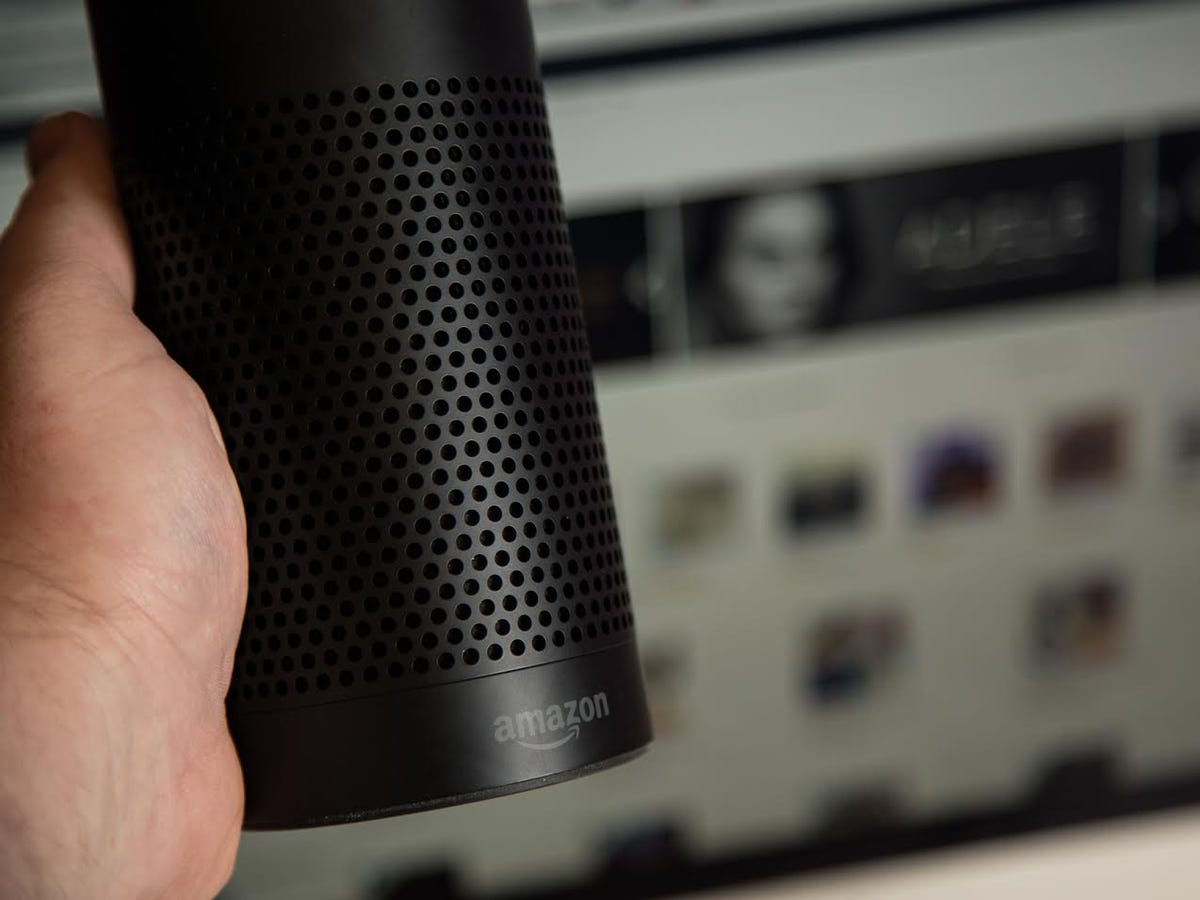

Home Automation Appliances
What Is Alexa
Modified: January 24, 2024
Discover what Alexa is and how it revolutionizes home automation appliances. Learn about its features and benefits for a smarter home. Unlock the power of voice control.
(Many of the links in this article redirect to a specific reviewed product. Your purchase of these products through affiliate links helps to generate commission for Storables.com, at no extra cost. Learn more)
Introduction
Welcome to the world of Alexa, your virtual assistant and gateway to the wonders of home automation. Alexa, developed by Amazon, has revolutionized the way we interact with our living spaces, offering a seamless blend of convenience and cutting-edge technology. Whether you're a tech enthusiast, a busy professional, or someone who simply appreciates the ease of hands-free control, Alexa has something to offer for everyone.
Alexa is more than just a voice-controlled assistant; it's a sophisticated AI system that can perform a wide array of tasks, from setting reminders and playing music to controlling smart home devices and providing weather updates. Its intuitive design and continuous learning capabilities make it an indispensable addition to modern households.
In this article, we'll delve into the intricacies of Alexa, exploring its history, functionality, features, and the diverse range of devices that support it. Additionally, we'll touch upon the ever-evolving landscape of Alexa skills and address privacy concerns associated with this technology. By the end of this journey, you'll have a comprehensive understanding of what Alexa is and how it can enhance your daily life.
So, sit back, relax, and prepare to embark on an enlightening exploration of Alexa – the virtual assistant that's redefining the concept of a smart home.
Key Takeaways:
- Alexa is a smart virtual assistant developed by Amazon, offering a wide range of features such as controlling smart home devices, playing music, and providing information, making it a versatile addition to modern households.
- While Alexa enhances convenience, privacy concerns have emerged regarding data storage and third-party access. Amazon’s commitment to transparency and user empowerment is crucial for addressing these concerns and fostering trust in voice-activated technology.
Read more: What Is Drop In On Alexa
History of Alexa
The inception of Alexa can be traced back to November 2014 when Amazon introduced the first Echo device, equipped with the now-iconic voice assistant. The Echo, a cylindrical smart speaker, served as the launchpad for Alexa, marking the beginning of a transformative journey in the realm of home automation. Initially, Alexa’s capabilities were relatively modest, primarily focusing on tasks such as playing music, providing weather updates, and setting alarms.
As the demand for smart home technology surged, Amazon dedicated significant resources to enhance Alexa’s functionality, infusing it with a myriad of skills and integrations with third-party devices and services. This strategic expansion propelled Alexa beyond its initial scope, positioning it as a central hub for controlling smart home appliances, accessing information, and even making online purchases through voice commands.
One of the pivotal moments in Alexa’s evolution was the introduction of the Alexa Skills Kit and the Alexa Voice Service, which empowered developers to create custom skills and integrate Alexa into a diverse array of devices, ranging from thermostats and lighting systems to automobiles and wearable gadgets. This open ecosystem fostered a rapid proliferation of Alexa-compatible products, cementing its status as a ubiquitous presence in the realm of home automation.
Furthermore, Amazon’s commitment to refining the natural language processing capabilities of Alexa has been instrumental in enhancing its conversational prowess and comprehension of user commands. This ongoing refinement has contributed to Alexa’s ability to understand context, dialectal variations, and even interpret complex queries, thereby elevating the overall user experience.
Today, Alexa stands as a testament to the relentless innovation and adaptability that characterize the field of artificial intelligence and smart home technology. Its journey from a nascent voice assistant to a multifaceted virtual companion exemplifies the profound impact of continuous development and user-centric design, solidifying its position as a household staple in countless homes worldwide.
How Does Alexa Work?
Alexa operates through a combination of advanced hardware, cloud-based processing, and sophisticated AI algorithms, all seamlessly integrated to deliver a responsive and intuitive user experience. At its core, Alexa relies on a network of interconnected systems that collaborate to interpret user commands, retrieve information, and execute tasks with remarkable efficiency.
When you utter the wake word "Alexa," the smart speaker or device housing the virtual assistant activates its array of microphones, capturing your voice commands and transmitting them to the cloud. This is where the magic unfolds, as the audio data is processed by Amazon’s servers, leveraging powerful natural language understanding (NLU) algorithms to decipher the intent behind your request.
Once the user’s intent is discerned, Alexa leverages a vast repository of information and skills to formulate a tailored response or action. This process involves tapping into various APIs, databases, and web services to retrieve real-time data, such as weather forecasts, traffic updates, or the latest news. Additionally, for smart home control, Alexa interfaces with compatible devices through established communication protocols, enabling seamless command execution.
Moreover, Alexa’s adaptive learning capabilities enable it to refine its responses and behavior over time, gradually adapting to user preferences and speech patterns. This continuous learning process contributes to the personalized and contextually aware interactions that have become synonymous with the Alexa experience.
Furthermore, Alexa’s extensibility is a key component of its functionality. Through the Alexa Skills Kit, developers can create custom skills, expanding Alexa’s repertoire to encompass an ever-growing range of capabilities. These skills enable Alexa to perform tasks specific to various domains, such as ordering food, controlling smart appliances, playing interactive games, and much more.
Overall, Alexa’s seamless operation is underpinned by a harmonious fusion of cutting-edge hardware, cloud computing infrastructure, and AI algorithms, all working in unison to fulfill user commands and streamline the integration of smart technology into our daily lives.
Features of Alexa
Alexa is endowed with a rich tapestry of features that cater to diverse user needs, spanning from entertainment and productivity to smart home control and beyond. This multifaceted virtual assistant has been meticulously crafted to deliver a holistic and immersive user experience, replete with capabilities that transcend conventional voice-activated systems.
1. Voice-Controlled Smart Home Integration: Alexa serves as a central hub for managing smart home devices, allowing users to adjust thermostats, control lighting, lock doors, and perform a myriad of other tasks using voice commands.
2. Music and Entertainment: Alexa seamlessly interfaces with popular music streaming services, enabling users to play their favorite songs, create playlists, and even adjust volume levels with simple voice prompts. Additionally, it can provide real-time information on sports scores, movie showtimes, and more.
3. Information Retrieval: Alexa’s vast knowledge base empowers users to seek information on a wide range of topics, from general knowledge queries to specific inquiries about historical events, scientific facts, and beyond.
4. Productivity Tools: From setting reminders and managing schedules to creating shopping lists and organizing tasks, Alexa streamlines various aspects of daily productivity, enhancing efficiency and organization.
5. Communication and Connectivity: Alexa facilitates hands-free calling and messaging, enabling seamless communication with contacts. Moreover, it can integrate with compatible smart home cameras and video doorbells, providing visual feedback through supported devices.
6. Multi-Device Synchronization: Alexa’s multi-device synchronization capabilities ensure a consistent experience across various Echo devices, allowing users to create synchronized audio playback and implement multi-room audio setups effortlessly.
7. Customizable Skills: The expansive library of Alexa skills encompasses a diverse array of third-party integrations, enabling users to tailor Alexa’s capabilities to suit their specific preferences and lifestyle, from fitness tracking and recipe recommendations to language learning and meditation guidance.
These features collectively epitomize Alexa’s versatility and adaptability, positioning it as a quintessential companion for modern living, seamlessly integrating into diverse routines and environments to elevate convenience and connectivity.
Alexa is a virtual assistant developed by Amazon, capable of voice interaction, music playback, making to-do lists, setting alarms, streaming podcasts, playing audiobooks, and providing weather, traffic, sports, and other real-time information.
Alexa Skills
A defining aspect of Alexa’s appeal lies in its expansive repertoire of skills, which are essentially voice-activated applications that extend the functionality of the virtual assistant. These skills cover a broad spectrum of categories, ranging from entertainment and education to productivity and smart home control, offering users an unparalleled level of customization and personalization.
Entertainment and Gaming: Alexa boasts an array of interactive games, trivia challenges, and storytelling skills, providing immersive and engaging experiences for users of all ages. Whether it’s solving puzzles, embarking on interactive adventures, or enjoying interactive audio dramas, Alexa’s entertainment skills cater to diverse preferences.
Productivity and Organization: Users can leverage Alexa skills to boost productivity, manage tasks, and streamline daily routines. From creating custom routines and setting reminders to accessing time-saving utilities like to-do lists and calendar management, Alexa serves as a versatile productivity ally.
Smart Home Control: Alexa’s compatibility with an extensive range of smart home devices is further augmented by skills that enable seamless integration with specific brands and products. This allows users to exert precise control over their smart appliances, lighting systems, security cameras, and more, all through intuitive voice commands.
Health and Wellness: Alexa’s skills encompass a variety of health and wellness offerings, including guided meditation, fitness routines, recipe recommendations, and sleep aids, fostering holistic well-being and self-care through accessible voice-guided experiences.
Education and Learning: Alexa serves as a valuable educational resource, with skills tailored to language learning, historical trivia, scientific facts, and more. This facilitates continuous learning and knowledge acquisition in an interactive and user-friendly manner.
Specialized Interactions: Alexa skills cater to specialized domains, such as language translation, financial management, and accessibility features, ensuring that users with diverse needs and preferences can harness the full potential of the virtual assistant.
These skills represent just a fraction of the extensive catalog available to Alexa users, with new additions continuously enriching the platform’s capabilities. The diverse and evolving nature of Alexa skills underscores the platform’s adaptability and its capacity to resonate with users across a wide spectrum of interests and requirements.
Read more: What Is Alexa On Amazon?
Alexa Devices
The expansive ecosystem of Alexa-enabled devices encompasses a diverse array of hardware, each tailored to cater to specific user preferences, spatial requirements, and functional demands. From smart speakers and displays to wearable devices and automobiles, Alexa’s pervasive presence underscores its versatility and adaptability in seamlessly integrating with various facets of daily life.
Amazon Echo Series: The Amazon Echo series forms the cornerstone of Alexa’s hardware lineup, featuring an assortment of smart speakers that range from compact designs to premium audio offerings. These devices serve as the primary interface for interacting with Alexa, offering high-fidelity sound, integrated smart home controls, and even built-in screens for visual feedback.
Smart Displays: Alexa-enabled smart displays combine the functionality of a smart speaker with a visual interface, allowing users to access visual content, view calendars, watch videos, and make video calls with added visual context.
Fire TV and Fire Tablets: Amazon’s Fire TV devices and tablets integrate Alexa for hands-free control and content access, enriching the entertainment experience with voice-activated convenience.
Third-Party Smart Home Devices: A multitude of third-party smart home devices, including thermostats, lighting systems, security cameras, and appliances, are compatible with Alexa, enabling seamless voice-controlled integration for enhanced home automation.
Automotive Integration: Alexa’s integration with automobiles brings voice-activated convenience to the driving experience, allowing users to access navigation, media playback, and smart home controls while on the go.
Wearable Devices: Alexa’s presence extends to wearable devices, empowering users to access information, manage tasks, and control smart home devices through compatible smartwatches and fitness trackers.
Custom Integration: Alexa’s versatility extends to custom integrations in a myriad of devices, including headphones, kitchen appliances, and even robots, amplifying the reach of voice-activated convenience across diverse domains.
These devices collectively exemplify the pervasive and adaptable nature of Alexa, transcending traditional smart speakers to seamlessly integrate with an extensive range of products and environments, thereby enriching users’ lives with intuitive and accessible smart technology.
Privacy Concerns with Alexa
Amidst the myriad benefits and conveniences offered by Alexa, concerns regarding user privacy have emerged, prompting scrutiny and deliberation regarding the safeguarding of personal data and the implications of pervasive voice-activated technology.
Voice Data Storage and Analysis: Alexa’s functionality hinges on the transmission and analysis of voice commands, raising apprehensions about the storage and potential misuse of recorded audio data. While Amazon has implemented measures to allow users to review and delete voice recordings, the collection and retention of such data have sparked privacy debates.
Third-Party Skills and Data Access: The integration of third-party skills into Alexa introduces complexities regarding data access and privacy practices. Users may express concerns about the handling of personal information by third-party developers and the potential vulnerabilities associated with skill permissions.
Security of Smart Home Integration: The interconnected nature of smart home devices raises questions about the security of data transmission and the potential for unauthorized access to sensitive information, necessitating robust measures to safeguard against breaches and intrusions.
Contextual Understanding and Data Utilization: Alexa’s capacity to comprehend contextual cues and personalize interactions raises questions about the depth of data analysis and the implications for user privacy, necessitating transparency in the utilization of user data for adaptive learning and personalization.
Transparency and Consent: Ensuring clear and comprehensive disclosure of data usage practices, as well as obtaining explicit consent for data collection and utilization, is imperative for fostering trust and accountability in the realm of voice-activated technology.
Continuous Improvement and Accountability: Amazon’s commitment to refining privacy features, enhancing user controls, and fostering transparency through regular disclosures and accountability mechanisms is pivotal in addressing privacy concerns and instilling confidence in Alexa’s users.
While privacy concerns are a focal point in the discourse surrounding voice-activated technology, it is essential to recognize the strides made by Amazon in fortifying privacy controls, empowering users with enhanced data management tools, and fostering transparency in data practices. As the landscape of privacy regulations and technological safeguards evolves, continued vigilance and innovation are imperative to ensure the harmonious coexistence of technological advancement and privacy protection.
Conclusion
The journey through the realm of Alexa has unveiled a tapestry of innovation, convenience, and transformative potential, encapsulating the essence of modern smart home technology. From its humble origins as a voice-activated assistant to its current status as a pervasive presence in households worldwide, Alexa has redefined the paradigm of home automation, enriching lives with seamless connectivity and intuitive control.
The evolution of Alexa, underscored by its rich history and continuous refinement, embodies the spirit of adaptability and user-centric design, paving the way for a future where smart technology seamlessly integrates into the fabric of daily life. Alexa’s multifaceted features, encompassing entertainment, productivity, smart home control, and an expansive library of skills, exemplify its versatility and capacity to resonate with diverse user needs and preferences.
However, amidst the myriad benefits and conveniences offered by Alexa, privacy concerns have emerged, prompting a vital discourse on data security, transparency, and user empowerment. The imperative of fostering trust, accountability, and robust privacy safeguards underscores the evolving landscape of voice-activated technology, necessitating a harmonious balance between innovation and privacy protection.
As we navigate the ever-expanding horizons of smart home technology, the journey with Alexa serves as a testament to the transformative potential of AI-driven assistants and the profound impact of seamless connectivity on modern living. With a commitment to continuous improvement, transparency, and user empowerment, Alexa stands poised to shape the future of smart home technology, fostering a harmonious convergence of innovation, convenience, and privacy.
In essence, Alexa represents more than just a virtual assistant; it embodies a vision of interconnected living, where technology harmonizes with daily routines, simplifies tasks, and fosters a more intuitive and accessible way of life. As we embark on this journey of technological evolution, Alexa stands as a beacon of innovation, adaptability, and the boundless potential of smart home automation.
Frequently Asked Questions about What Is Alexa
Was this page helpful?
At Storables.com, we guarantee accurate and reliable information. Our content, validated by Expert Board Contributors, is crafted following stringent Editorial Policies. We're committed to providing you with well-researched, expert-backed insights for all your informational needs.
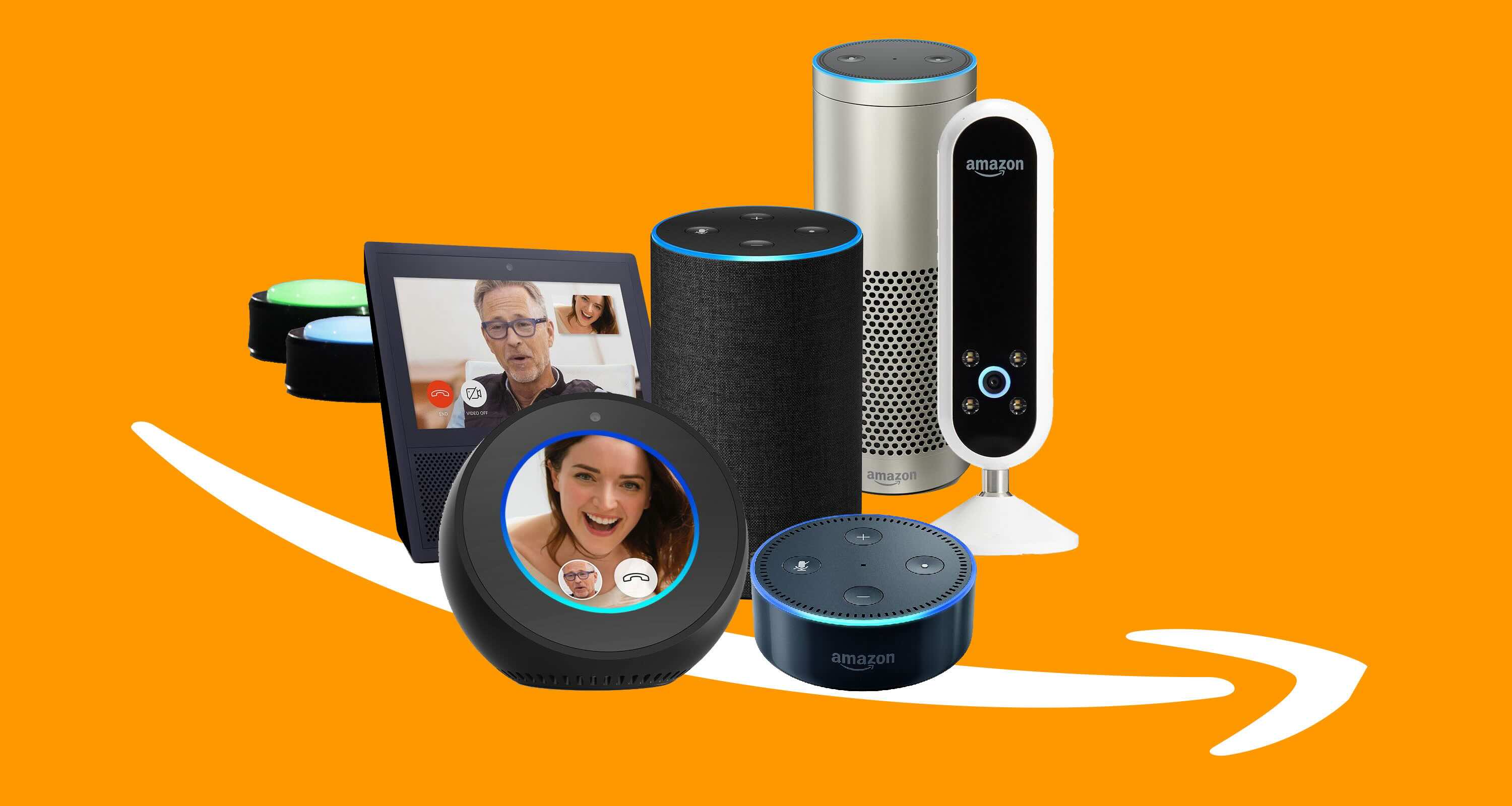
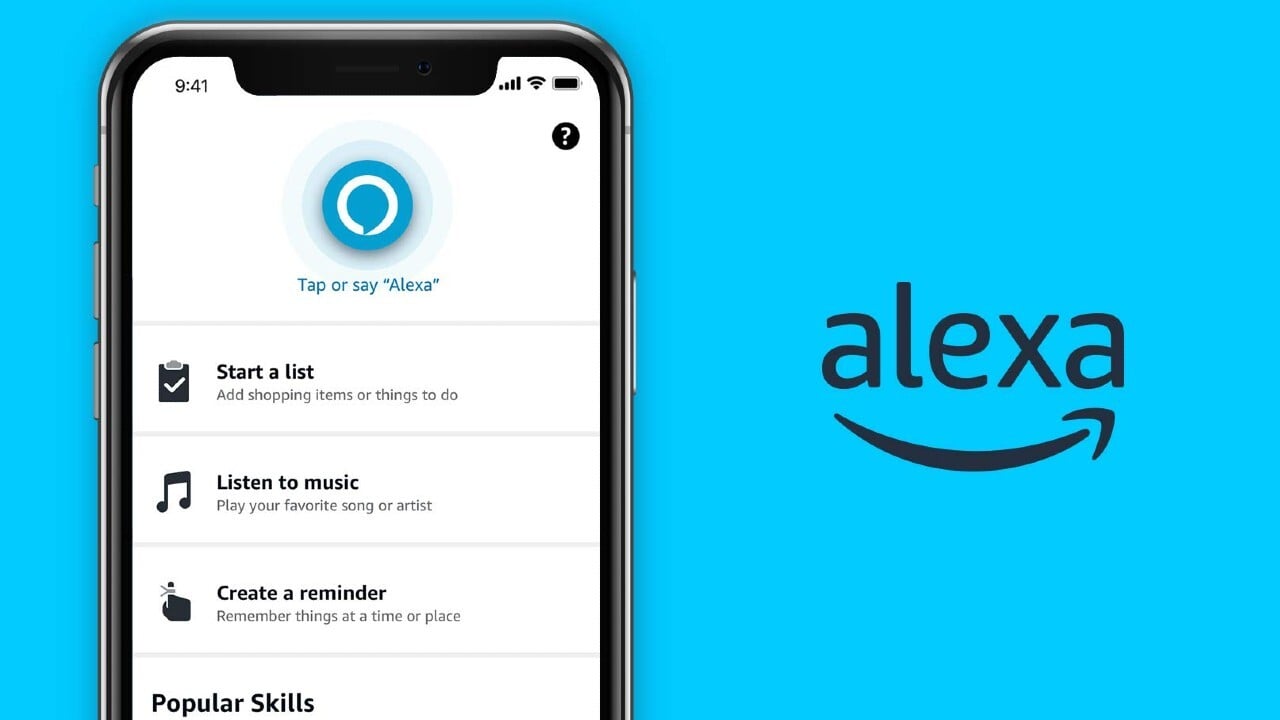
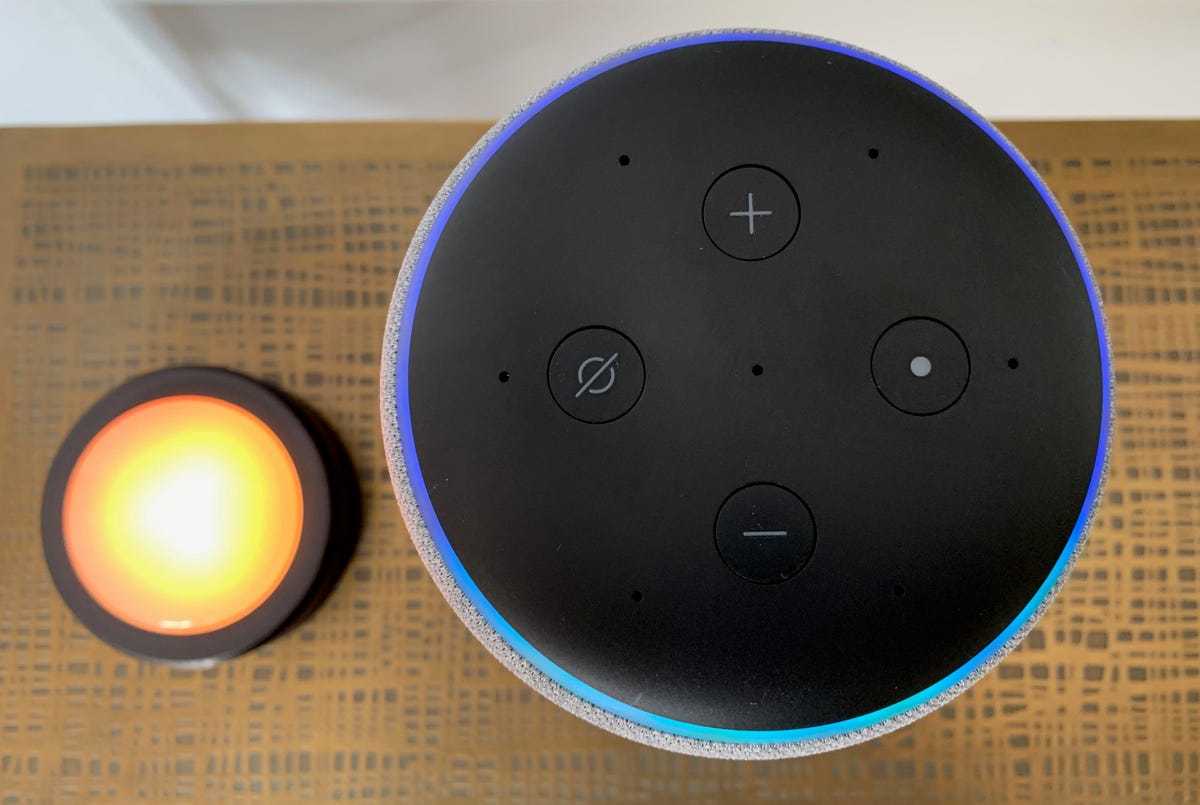
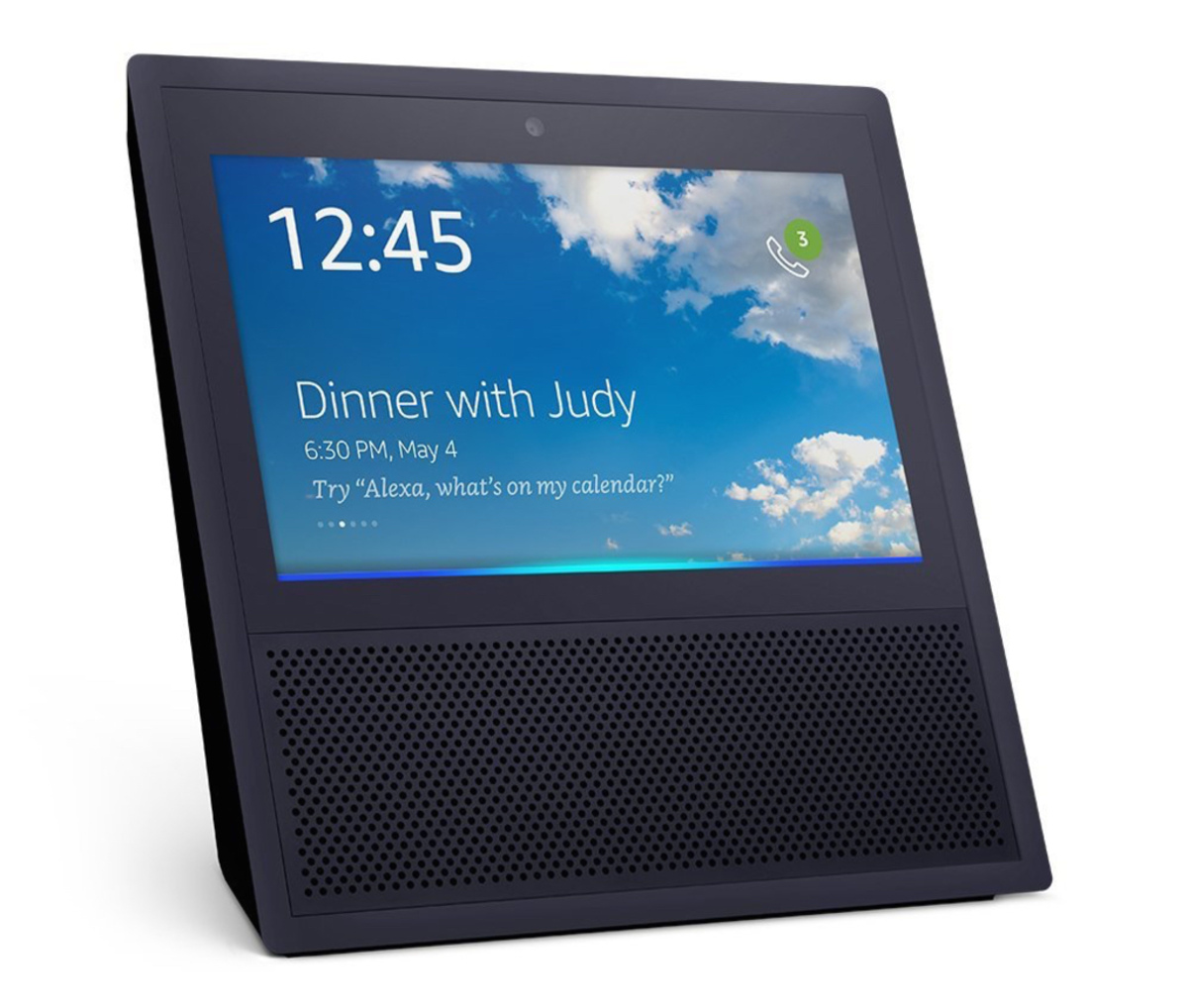


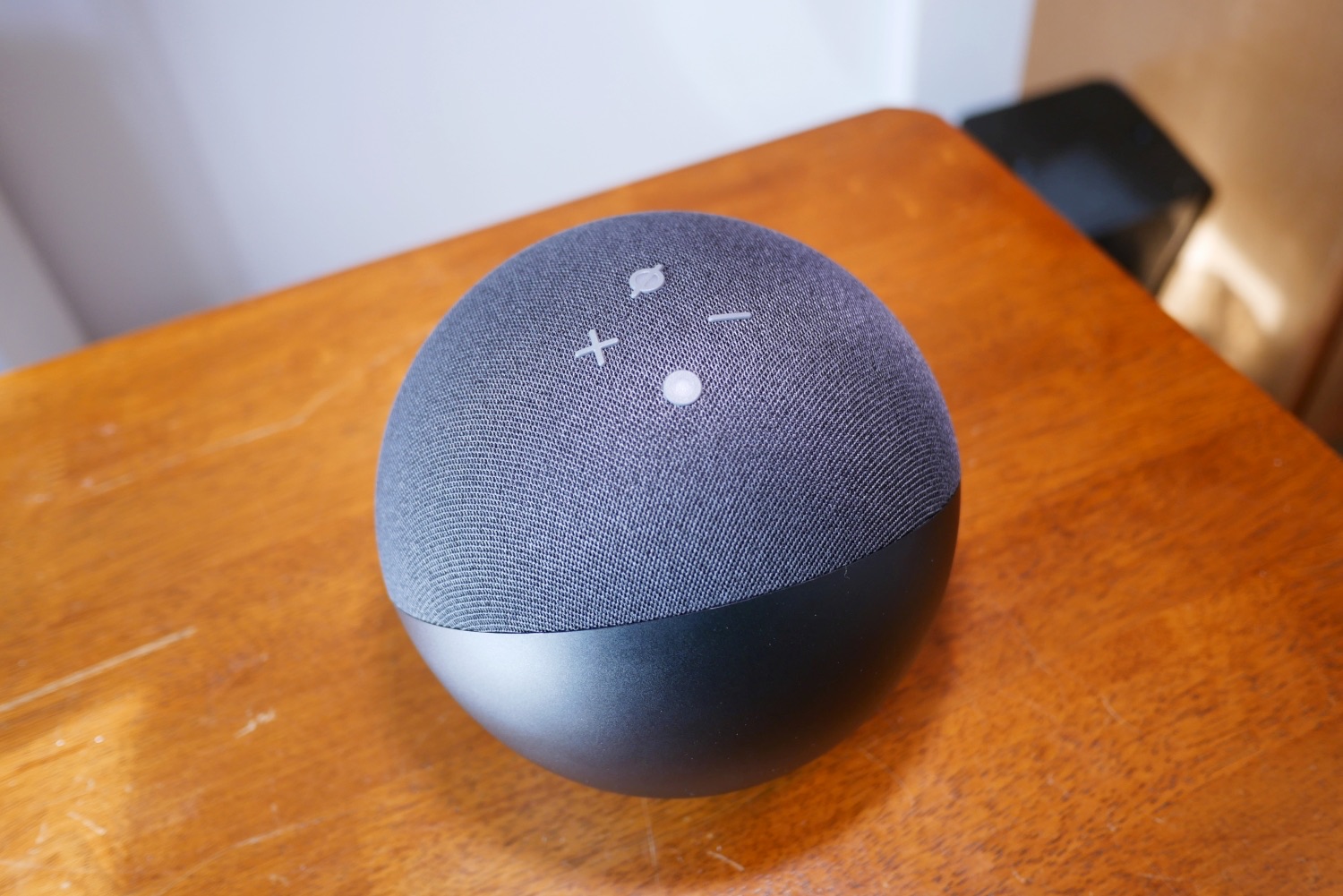
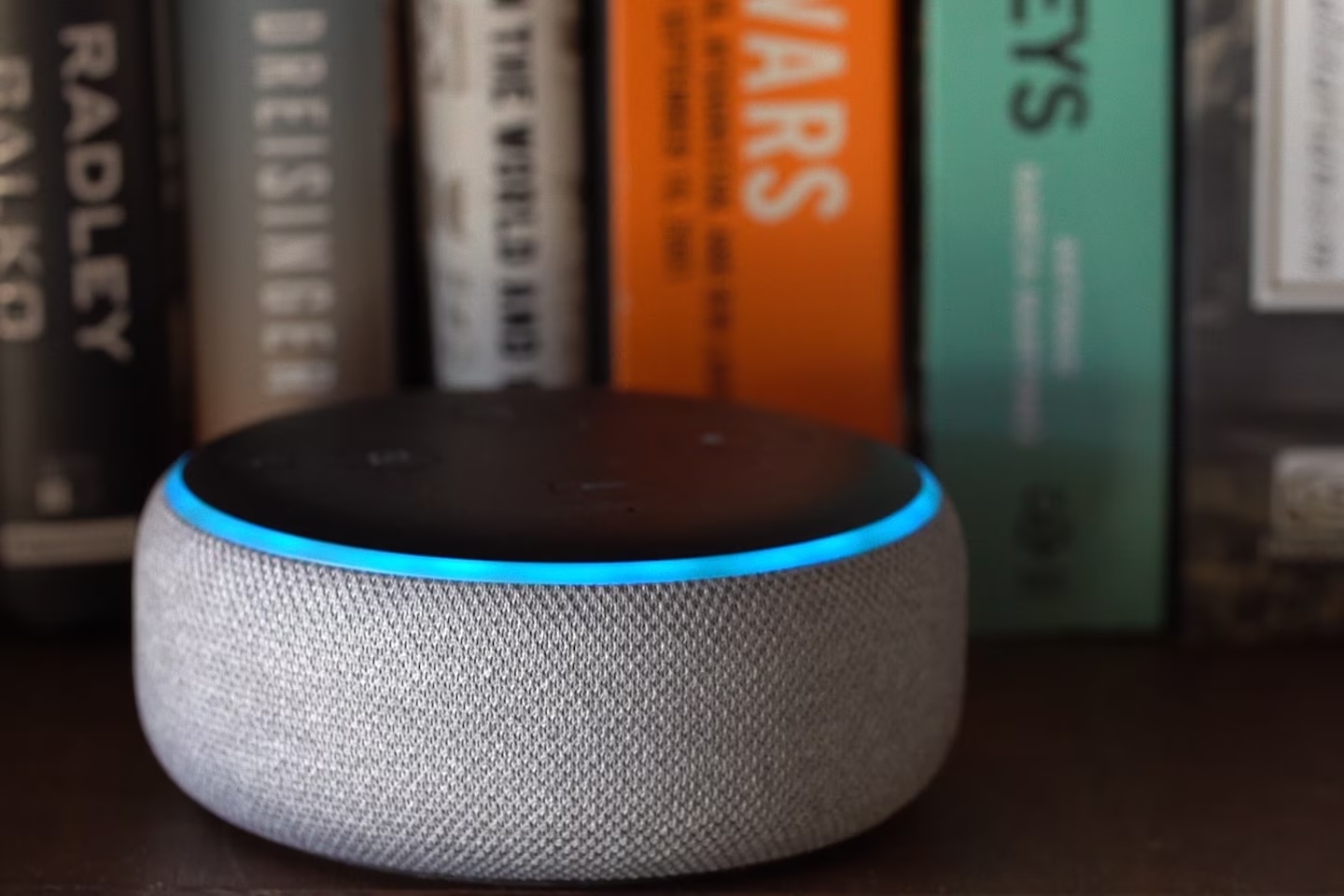
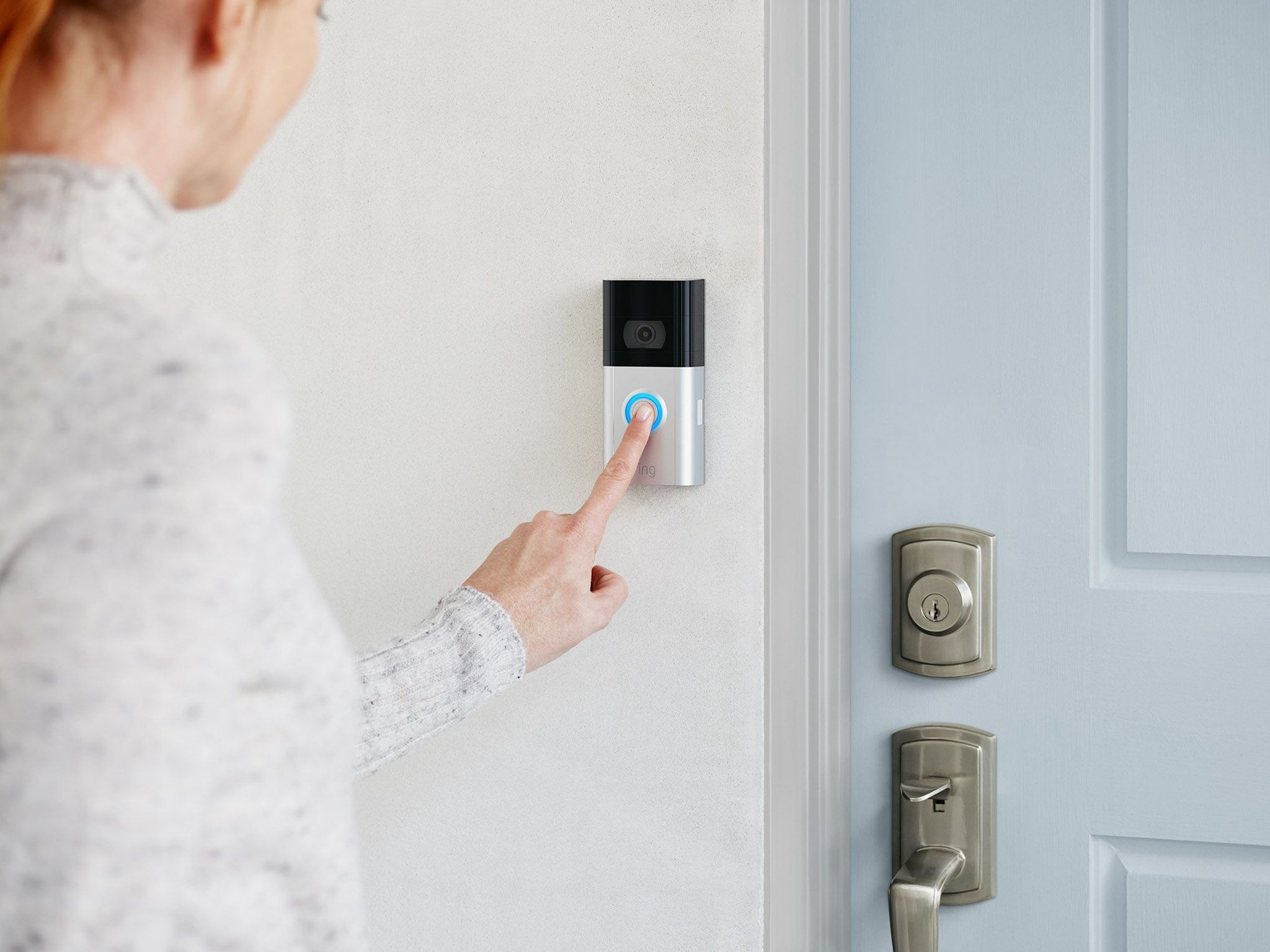
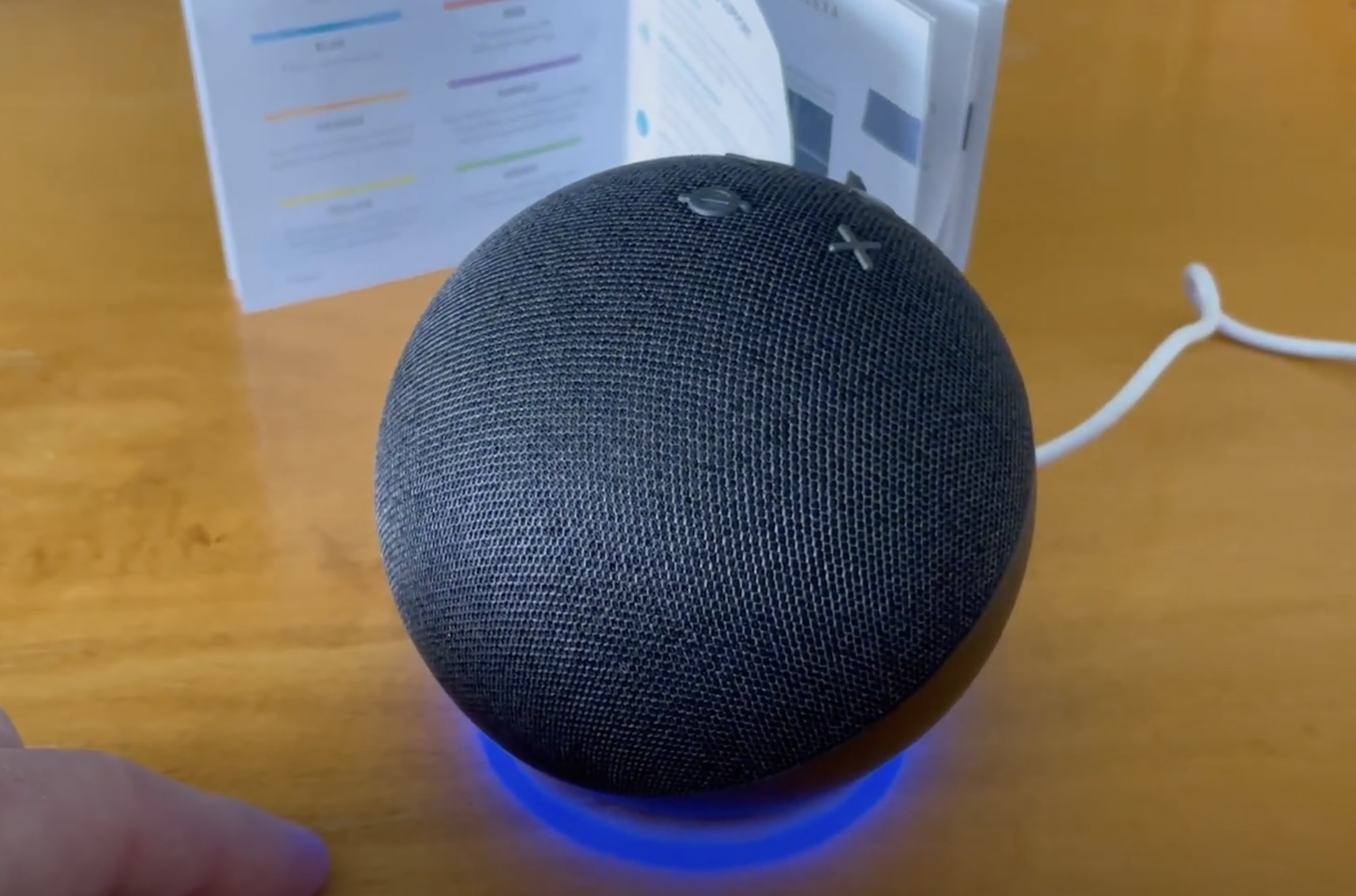
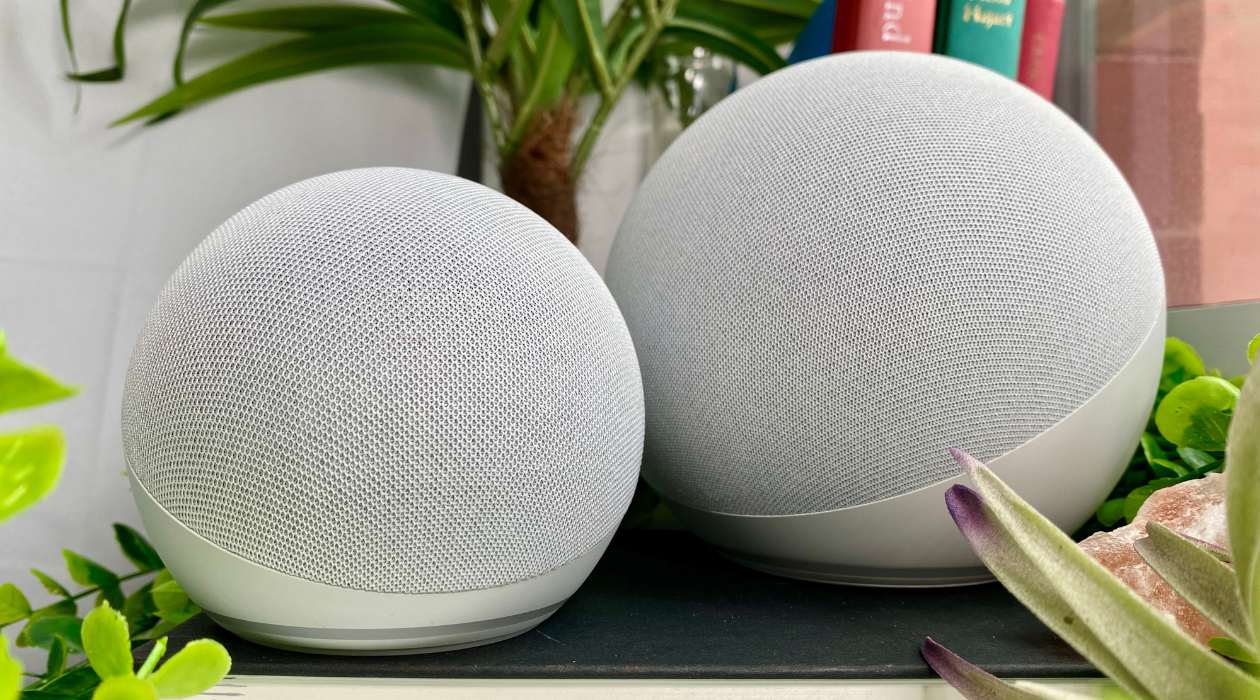
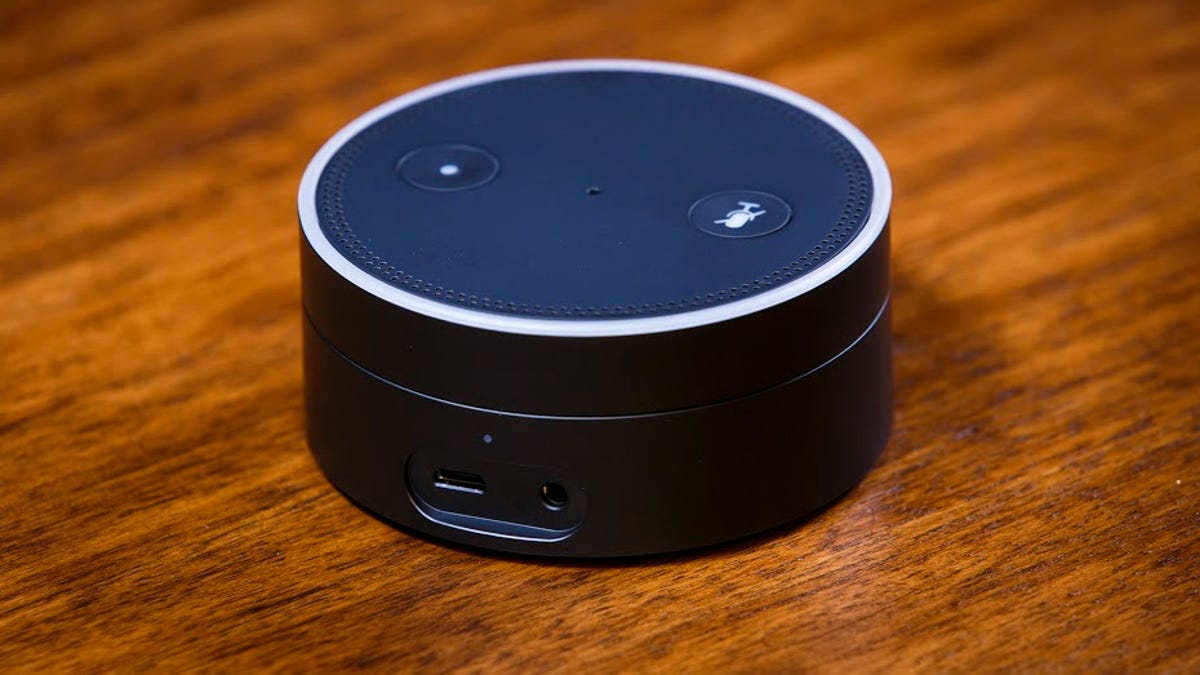
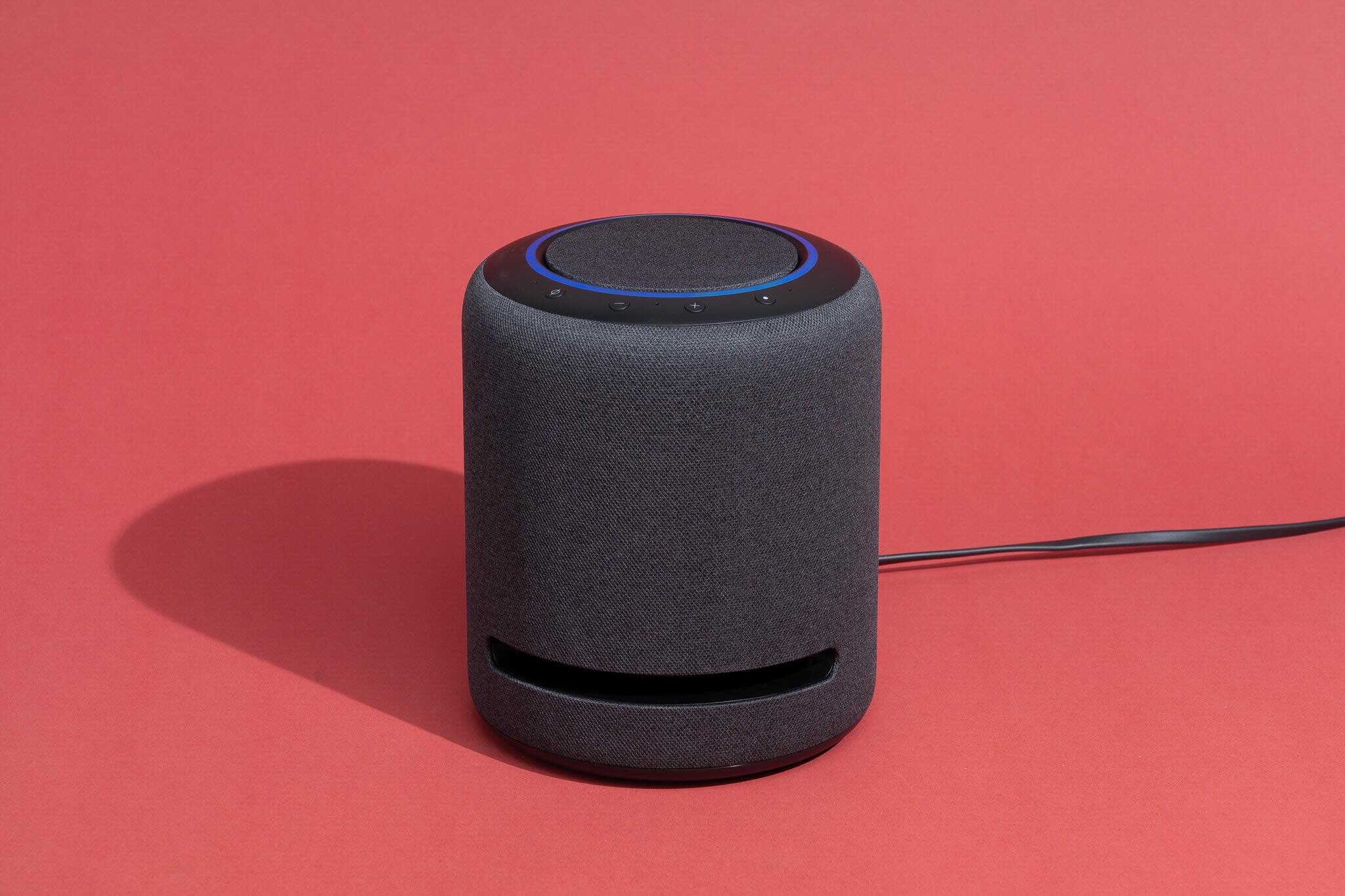
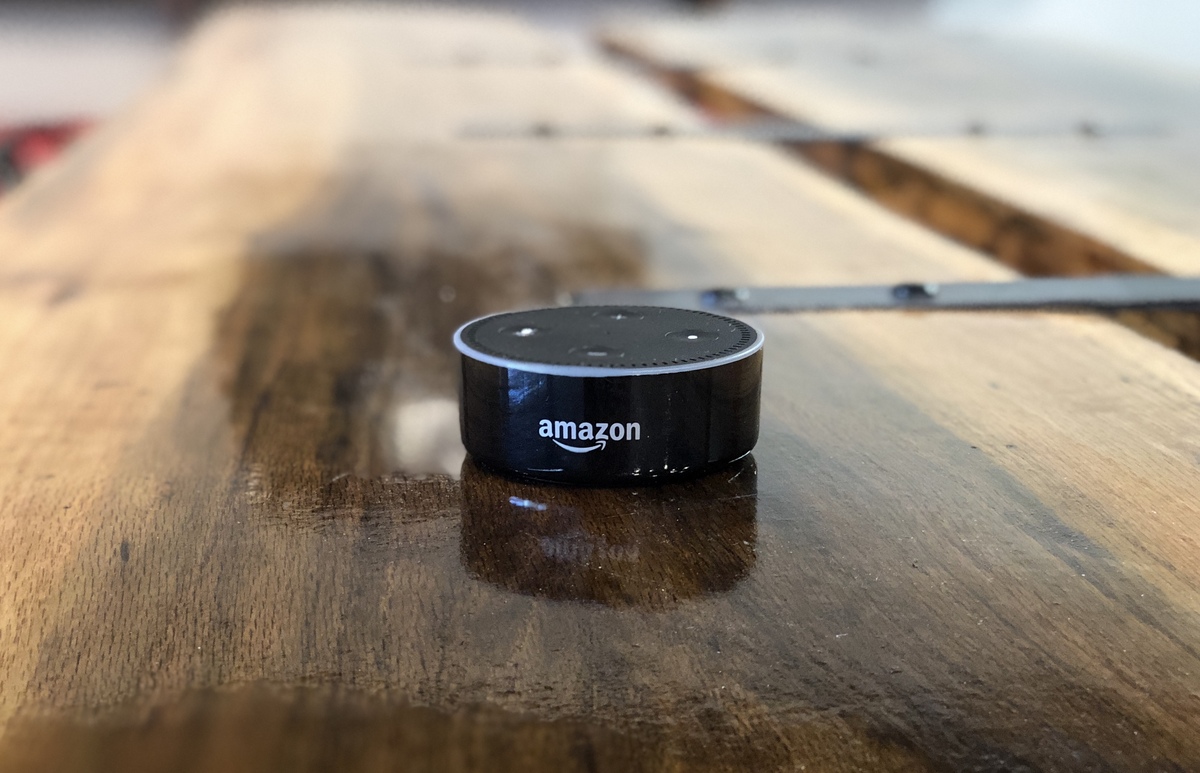

0 thoughts on “What Is Alexa”